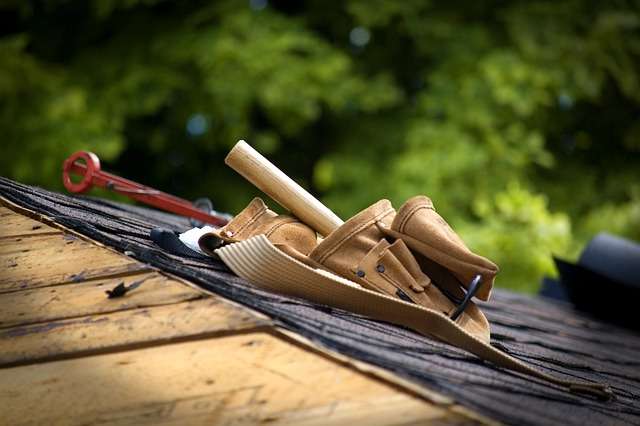Roofing is a specialized field with a unique language. Properly understanding this jargon will greatly assist homeowners, architects, builders, and property managers, enhancing communication with roofing professionals. Let’s scale the terminology ladder together and delve into some of the most common roofing definitions:
- Shingles: Perhaps the most familiar term to homeowners, shingles are the overlapping pieces that cover the roof, protecting it from elements like rain, wind, and sun. They can be made of different materials, including asphalt, wood, slate, metal, and more.
- Underlayment: The underlayment is a protective sheet laid on the decking before the installation of shingles. Its primary function is as a secondary barrier against water, wind, and ice.
- Flashing: This term refers to thin pieces of metal installed to prevent water seepage into intersections or projections (such as chimneys, vent pipes, walls, etc.) on a roof. Flashing is often seen in valleys where two roof slopes meet.
- Eaves: Eaves are the edges of the roof that overhang the face of a wall and, normally, project beyond the side of a building. The eaves form an overhang to throw water clear of the walls.
- Gutter: Attached along the eaves, gutters are open troughs that collect and direct rainwater flowing off the roof to the downspouts and away from the foundation of the building.
- Ridge: The ridge, or ridge line, is the highest point of a roof, represented by a horizontal line where two roof areas intersect, running the length of the area.
- Valley: The valley is the inverse of the ridge; it’s where two sloping roofs meet, creating a “V” shape. Valleys are crucial as they handle a significant amount of water runoff.
- Dormer: A dormer is a roofed structure, often containing a window, that projects vertically beyond the plane of a pitched roof. Dormers add space, light, and ventilation to the attic spaces.
- Fascia: The fascia is a vertical finishing edge connected to the ends of the rafters, trusses, or the area where the gutter is attached to the roof. It’s often used to support the lower edge of the bottom row of tiles or the guttering.
- Soffit: The soffit is the board that bridges the gap between a home’s siding and the roofline. It’s tucked under the fascia board and is typically ventilated to draw heat and moisture away from the house.
- Rafters: These are the structural wooden beams that support the roof. They run from the top of the house (the ridge) to the eaves. They give shape and support to the roof.
- Decking (or Sheathing): The decking is the surface, usually plywood or oriented strand board (OSB), to which roofing materials are applied.
- R-Value: A measure of thermal resistance used in the building and construction industry. The higher the R-value, the more a material prevents heat transfer, providing greater insulation.
- Ice Dam: An ice dam refers to the built-up ice at the edge of roofs, which prevents melting snow from draining off the roof. The water can then leak into the building.
- Cricket (or Saddle): A peaked water diverter installed at the back of chimneys or other large roof projections. It’s designed to prevent water buildup.
Understanding these basic roofing terms can be helpful when discussing your roofing project with a professional or when attempting DIY roofing tasks. Knowledge is power. Clear comprehension of these terms will make you feel more confident and involved in your roofing decisions.
What’s Next?
Looking for a superior roofing solution that won’t break the bank? Look no further than our team at HUF Construction! We offer top-notch quality, excellent craftsmanship, and a stellar customer experience, transforming your roofing project into a stress-free journey. Contact us at HUF Construction today to learn more and get an estimate.

